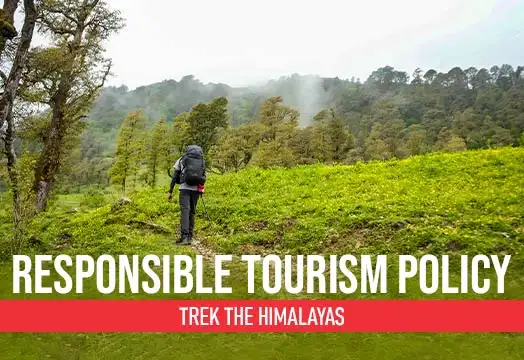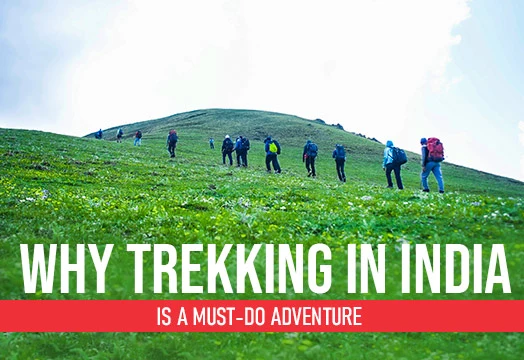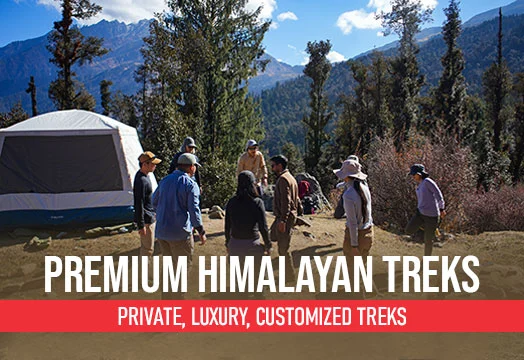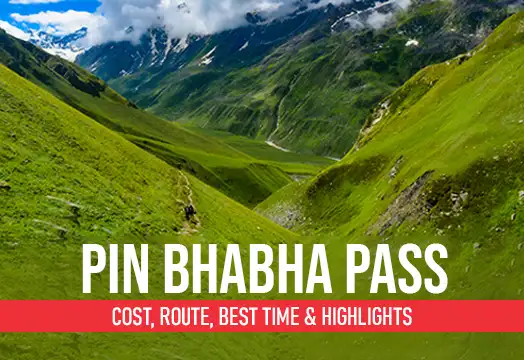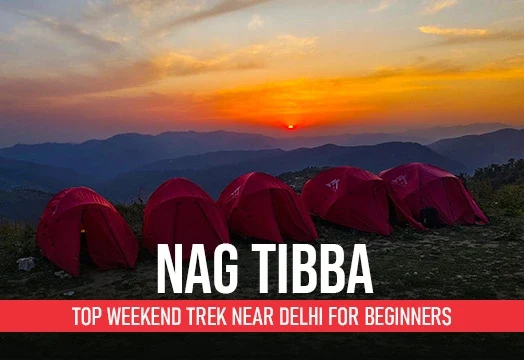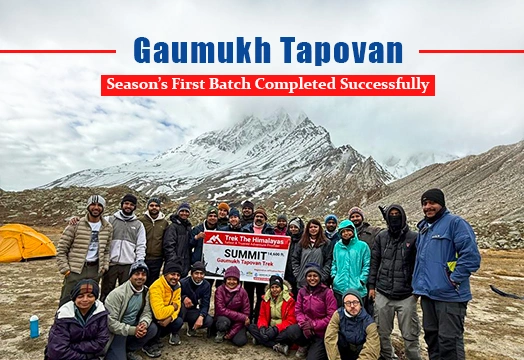Winter adventures in the Himalayas offer a unique and exhilarating experience whether you are a beginner or a seasoned trekker. The serene beauty of the mountains, the crisp winter air, and the sheer thrill of exploration make winter trekking in the Himalayas am amazing experience. However, to get the best out of your winter trek experience and to be safe from the cold and chill, there lies the need for meticulous preparation, where the significance of proper trek gear cannot be overstated. In this article, we will explore the essential elements of a successful winter adventure, delving into the gear and equipment that will make your journey not only safe but also thoroughly enjoyable. From selecting the right rucksack to ensuring your winter clothes are up to par and choosing the ideal trek boots, we'll cover it all.
Gears You Need For A Safe and Enjoyable Winter Trek
- Water Resistant, Sturdy Rucksack with Rain Cover
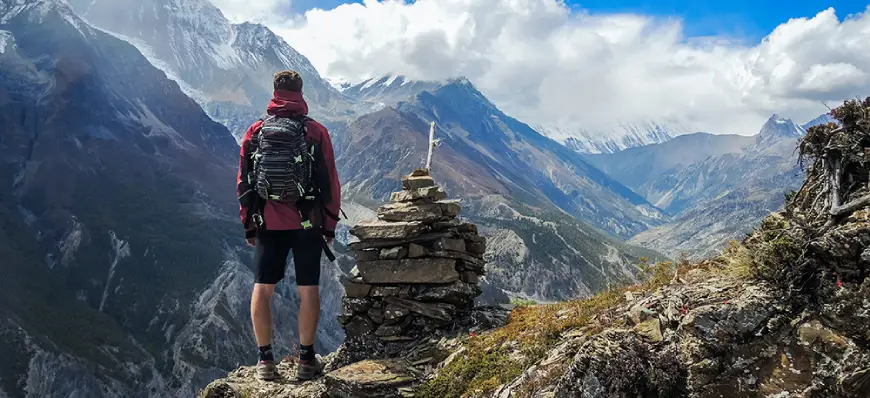
Your choice of a rucksack for a winter adventure is akin to selecting the right vehicle for a road trip. It serves as the backbone of your expedition, carrying all your essential gear, clothing, and supplies. A high-quality rucksack can make the difference between a comfortable, well-organized journey and a disorganized, uncomfortable one.
Features to Look for in a Winter-Ready Rucksack
- Water Resistance: A rucksack made from water-resistant materials will protect your gear from moisture, which is particularly crucial in winter when snow and sleet are common.
- Durability: Winter terrain can be harsh on your gear. Ensure the rucksack is sturdy and well-constructed to endure the rigours of winter trekking.
- Capacity: Assess your needs and choose a rucksack with the appropriate capacity. It should be spacious enough to carry all your essentials without being overly bulky.
- Comfortable Straps and Padding: Comfort is key, especially when carrying a heavy load. Padded straps and a supportive back panel can make a significant difference in long-term comfort.
- Multiple Compartments: A rucksack with multiple compartments or pockets will help you stay organized, allowing easy access to frequently used items.
Benefits of a Rain Cover
- Waterproofing: A rain cover provides an additional layer of waterproofing, safeguarding your gear from moisture and rain.
- Added Protection: It helps shield your rucksack from dirt, snow, and debris, preventing damage and maintaining the cleanliness of your equipment.
- Visibility: Many rain covers are brightly coloured, making you more visible in low-light conditions, which can enhance safety.
- Versatility: A rain cover can also serve as an emergency groundsheet or makeshift tarp if needed.
2. The Right Winter Clothes
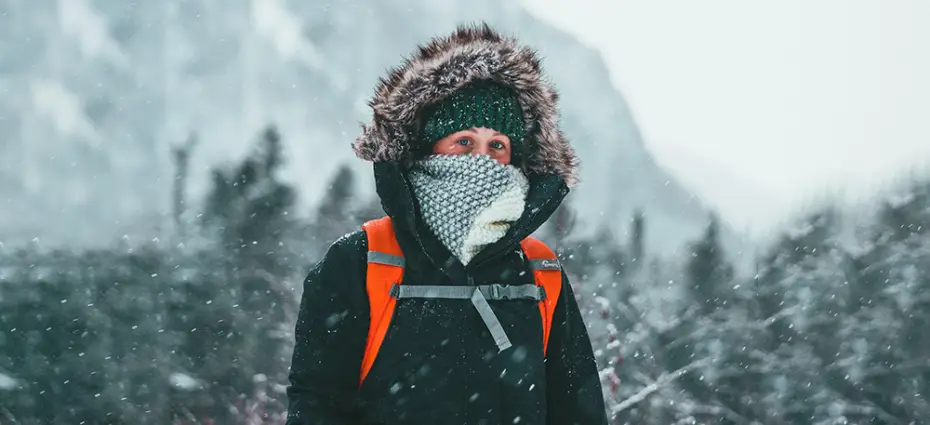
The Key to Staying Warm and Comfortable
One of the fundamental principles of staying warm during a winter trek is layering. Proper layering is essential for regulating your body temperature, staying comfortable, and adapting to changing weather conditions. Here's how it works:
- Base Layer: The base layer is in direct contact with your skin and is responsible for moisture management. Choose moisture-wicking materials that keep sweat away from your body. This layer helps regulate body temperature and prevents you from feeling damp, which can lead to discomfort and hypothermia.
- Insulating Layer: The insulating layer provides warmth by trapping heat close to your body. Materials like fleece, down, or synthetic insulation work well for this layer. The thickness of this layer can be adjusted based on the temperature and activity level.
- Outer Layer (Shell): The outer layer, often a waterproof and windproof shell, protects you from the elements. Look for breathable materials that also prevent rain, snow, and wind from penetrating. Make sure the shell has ventilation options to prevent overheating.
Essential Clothing Items for Winter Treks
- Insulated Jacket: A good-quality insulated jacket is your best friend in cold weather. Down jackets are excellent for warmth, while synthetic materials are better for wet conditions.
- Moisture-Wicking Base Layers: Long-sleeved tops and bottoms made of moisture-wicking materials are essential to keep you dry and warm.
- Insulating Layers: Fleece or synthetic insulating layers provide warmth without excessive bulk.
- Waterproof and Windproof Pants: Your pants should be designed to protect against rain, snow, and wind while allowing for easy movement.
- Waterproof Shell Jacket: A reliable waterproof and windproof shell jacket is a must to shield you from the elements.
- Thermal Underwear: On extremely cold days, thermal underwear can add an extra layer of warmth.
- Hiking Pants: Durable, breathable hiking pants are great for your trek.
Accessories Such as Gloves, Hats, and Scarves
Gloves: Insulated, waterproof gloves keep your hands warm and dry, crucial for dexterity and comfort.
Hats: A warm hat is essential for retaining body heat, as a significant amount of heat is lost through the head.
Scarves or Neck Gaiters: These keep your neck warm and can be pulled over your face in extreme cold or windy conditions.
3. Right Trekking Shoes
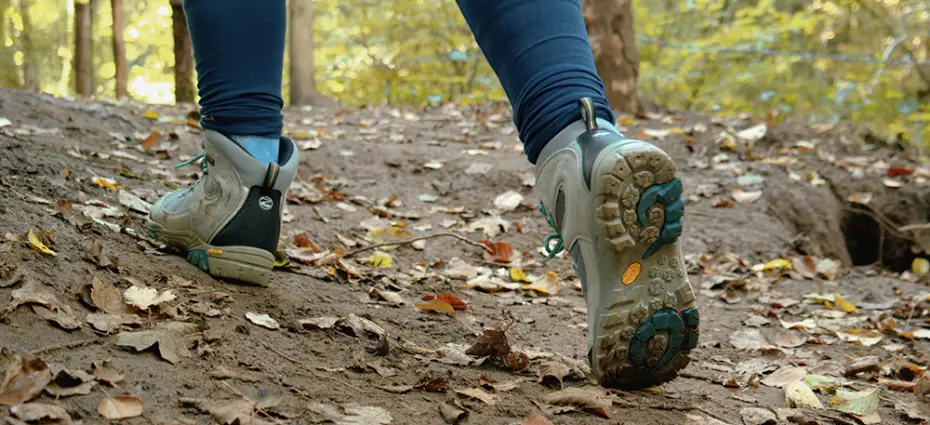
Your choice of winter trek boots is the foundation upon which your entire winter adventure rests. The right boots will keep your feet warm, dry, and comfortable, ensuring you can tackle challenging terrain with confidence.
Criteria for Selecting the Right Winter Trek Boots
- Insulation: Ensure your boots have adequate insulation to keep your feet warm in cold conditions. Thinsulate or PrimaLoft insulation is commonly used in winter boots.
- Waterproofing: Choose boots with a waterproof membrane (e.g., GORE-TEX) to keep your feet dry when traversing wet, snowy, or slushy terrain.
- Traction: Look for boots with a robust outsole designed for winter conditions. Deep lugs and a non-slip design are essential for maintaining stability on icy or snowy trails.
- Fit: Proper fit is paramount. Your boots should accommodate thick winter socks without feeling too tight or too loose. Be sure to try them on with the socks you intend to wear on your trek.
- Support: High ankle support can help prevent injuries and provide stability, especially when navigating uneven or slippery terrain.
- Weight: Choose boots that are light enough to keep you mobile but heavy enough to provide insulation and support. Balance is key.
- Warmth Rating: Some boots come with temperature ratings to help you gauge their suitability for specific conditions. Pay attention to these ratings.
- Breathability: While you want warmth, you also need boots that breathe to prevent excessive perspiration and moisture inside the boot.
- Lacing System: A secure and adjustable lacing system ensures a snug fit and helps prevent cold air and snow from getting inside.
- Compatibility: If you plan to use crampons or snowshoes, ensure your boots are compatible with these winter accessories.
A successful winter adventure hinges on several key principles that ensure your safety, comfort, and enjoyment in the great outdoors. Investing in the right trekking gear ensures that you have the best winter trekking experience in the lap of the mountains.
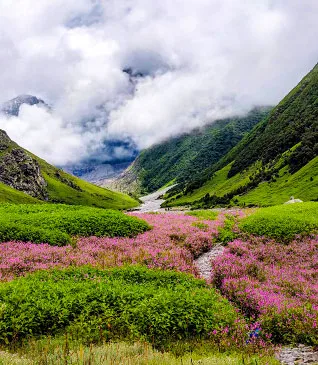
.webp)
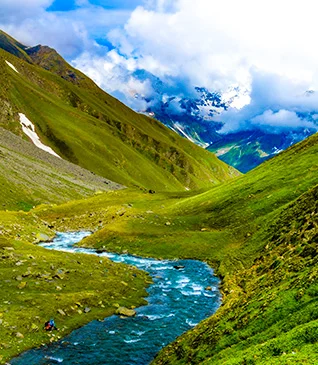
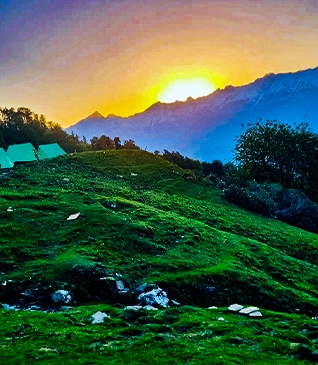
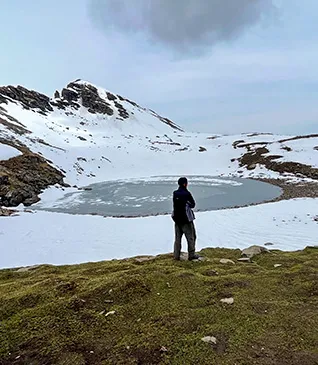
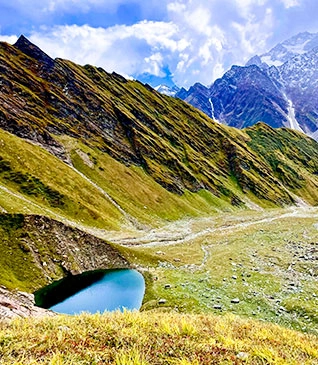
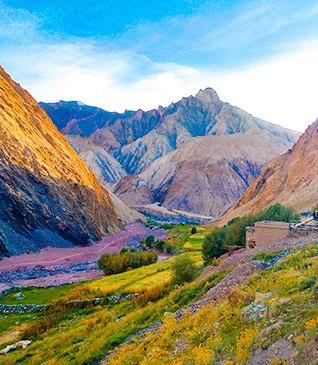
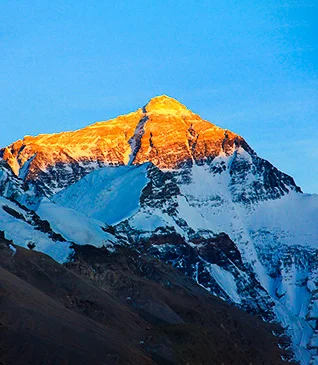
.webp)
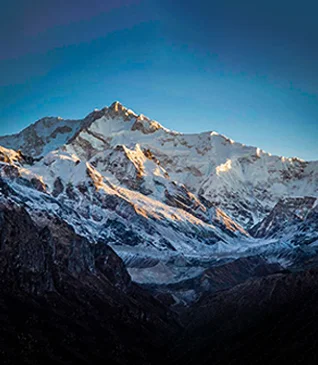
.webp)
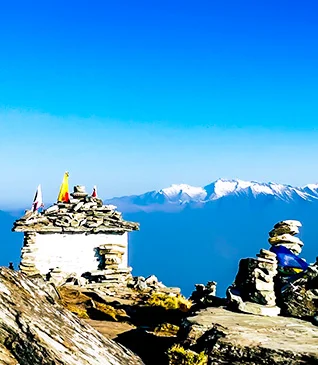
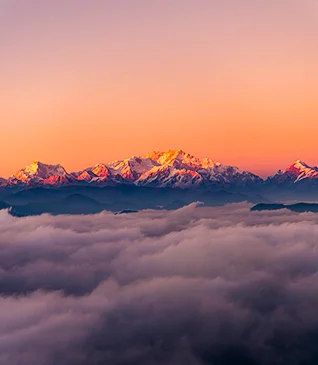
.webp)
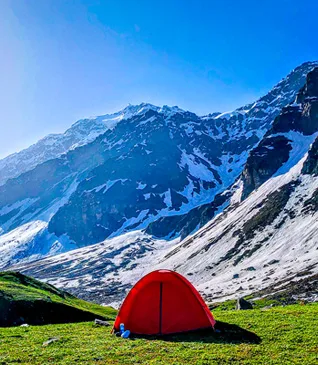
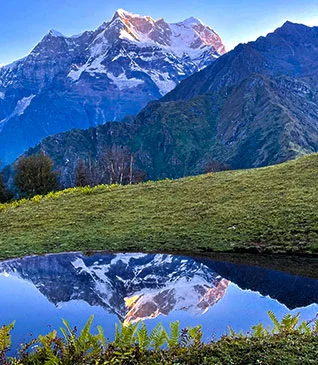
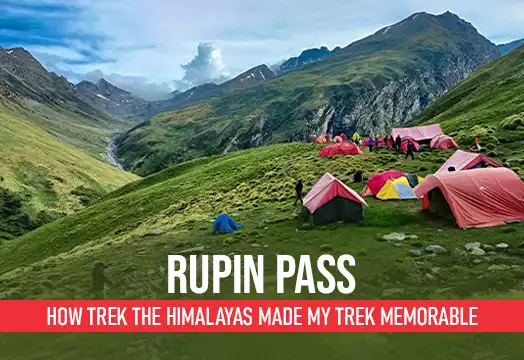

.webp)
